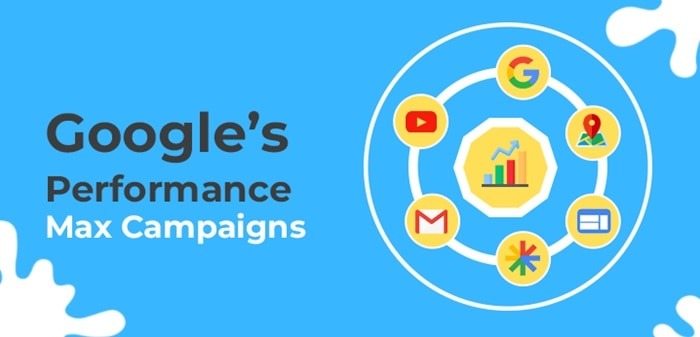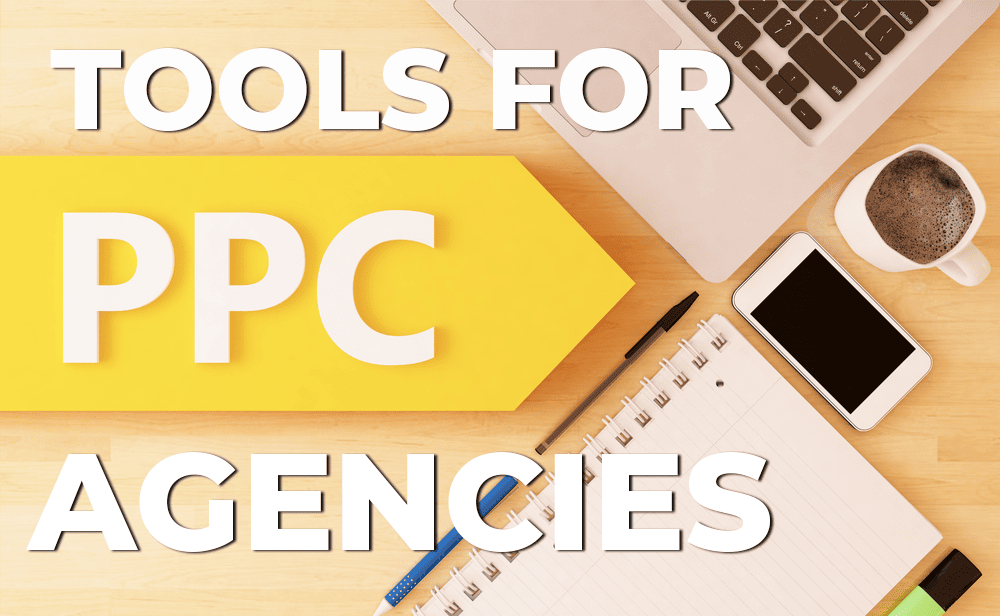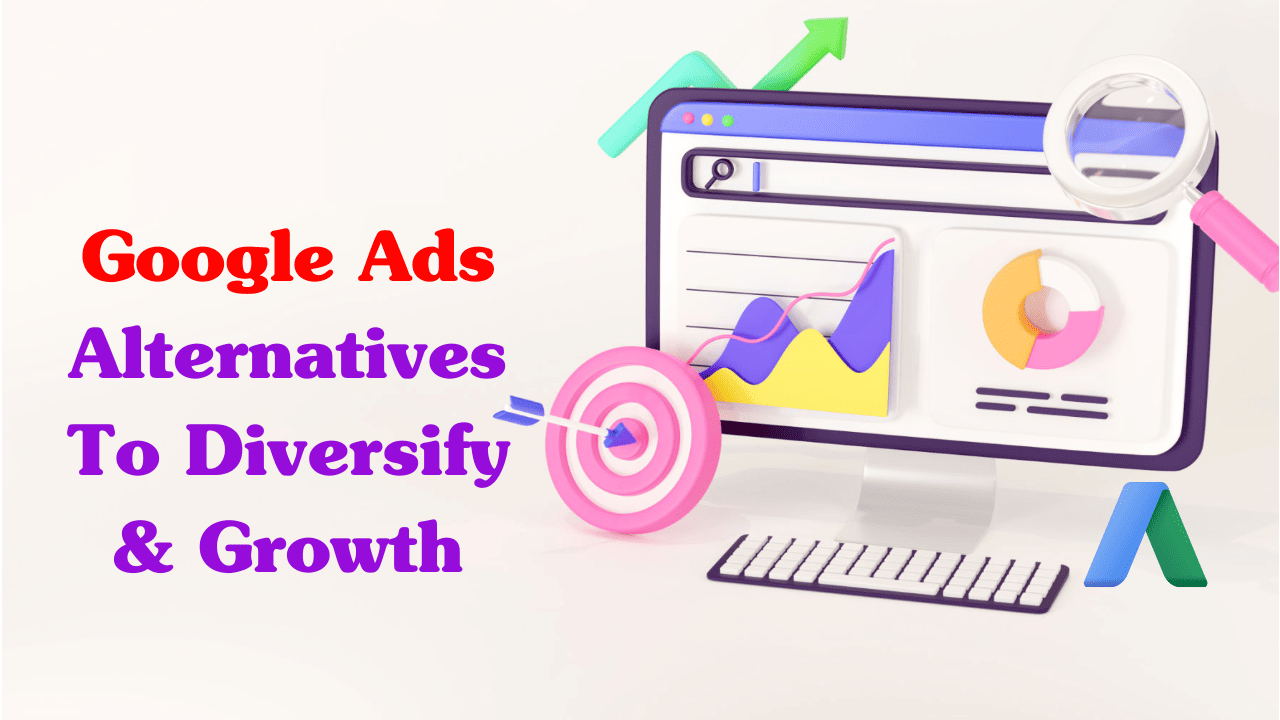As always, the role of marketers is evolving, and it remains as crucial as ever. This holds, especially when managing successful Performance Max campaigns.
The configuration of Performance Max is where you can truly position your campaign for success. However, this doesn’t imply a “set it and forget it” approach.
You possess a deeper understanding of your or your client’s business compared to Google. The inputs you provide, the tests you conduct, the creativity you develop, and the analysis you undertake for continuous refinement and iteration – these skills are essential for success and for distinguishing yourself from competitors.
Having a grasp of how the systems operate and how to guide them is a significant aspect that will set you apart as the usage of AI in marketing continues to advance.

What are Google’s Performance Max campaigns?
Performance Max is an advertising feature of Google Ads Service, that uses machine learning and automation to maximize performance for an advertiser across a variety of campaign goals.
The performance max was designed to help advertisers reach their marketing objectives by automatically optimizing bids, placements, and ad formats across Google’s advertising inventory.
Following are some of the key features and aspects associated with Performance Max campaigns:
- Automation: Performance Max campaigns use machine learning algorithms that automatically optimize bidding strategies and placements in pursuit of the advertiser’s specified goals, such as conversions, clicks, or other key performance indicators.
- Multichannel Reach: Performance Max campaigns are designed to reach audiences across a number of Google properties, including Google Search, Google Display, YouTube, and Discover. These properties allow advertisers to have a more extensive reach and engage with users at different touchpoints.
- Simpler Setup: Even though the Performance Max campaign requires some key inputs and goals at the beginning of its setup, manual tuning becomes less needed with its automated nature. Nevertheless, continuous monitoring and optimization are advisable.
- AI-Powered Decisioning: It grants AI to make real-time decisions about ad placement and execution, from user behaviors and device types to contextual relevance.
- Dynamic Ad Formats: Performance Max supports a variety of Ad formats, automatically adapting to the different placements and formats on Google’s network. These can include text, image, video, and interactive ad formats.
Consider The Following In Your Performance Max Campaigns
Let’s explore the existing features within Performance Max that can assist you in steering the AI and optimizing your outcomes.
Bidding Objectives and Targets
Performance Max automatically and continuously adjusts format and inventory to optimize for your specified goals, always targeting high-performing keywords that are likely to deliver results that align with your chosen campaign objectives.
Therefore, define your goals and make sure they align with the key performance indicators or KPIs, you are trying to drive with Performance Max. Whether it be focusing on max conversions with a target CPA or optimizing for conversion value with a ROAS target, you should set them accordingly.
With objectives such as sales revenue, lifetime value, or profit margins, optimizing toward conversion value will allow a more direct connection of your bidding strategy to tangible business outcomes.
You may also like: The Best Tools for PPC Agencies Must Use in 2024
First-Party Data
It’s widely acknowledged that integrating a first-party data strategy is becoming increasingly vital in navigating the changing privacy landscape.
Additionally, leveraging first-party data serves as a significant indicator, as it guides Google AI to identify more valuable customers and refine your audience strategy. Performance Max offers various avenues on how to use your first-party data, including the utilization of audience signals.
Conversion Value Rules
Using Conversion Value Rules, you could specify a higher-value audience combined with location and device preferences at the campaign level. Performance Max then fine-tunes the bids and curates the best mix of assets predicted to convert for each audience member in real-time.
For campaigns targeting the acquisition of new customers, you can also increase your bid for new customers or bid only for new customers by highlighting their exclusive value.
Note that there are some prerequisites, among them that your audience list must have at least 1,000 active members in one of the networks for the system to effectively detect existing customers.
Brand Suitability
Performance Max offers a range of brand suitability controls, consisting of support for all your account-level content suitability configurations. Performance Max gives due consideration to account-level negative keywords, which effectively deter your ads from appearing on search terms deemed unsuitable for your brand within the Search and Shopping inventory.
Additionally, for Display or Video inventory, you have the option to use “excluded content keywords” to prevent ads from being displayed on specific search terms.
Brand Exclusions
Responding to advertisers’ strong desire for increased control over the brand terms displayed by Performance Max, the introduction of brand exclusions addresses this need.
Now, to restrict Performance Max from appearing on particular brand terms, whether they belong to your brand, competitors, or partners, you can implement a brand list at the campaign level. These campaign-level brand exclusions extend their impact to cover most misspellings and brand searches in foreign languages.
Final URL Management for Automatically Generated Assets
In Performance Max, the system-generated assets build headlines and descriptions based on your landing page, domain, and existing ads and assets where that may be more relevant to a user’s query for better performance.
This option helps make it possible for Google Ads to route automatically generated asset traffic to the best URL detected which could have improved the performance. This box is uncheckable when you want traffic sent only to the specific URLs that you prefer.
You can also enable the Final URL and choose “exclude some URLs” to narrow the URL expansion options. You can enter specific URLs or apply rules to exclude content categories on your site. This will be a great tool to help your budget avoid certain content types or old pages to better direct where your campaign focuses.
Page Feeds
In the latest update, Performance Max introduces support for page feeds, enabling you to direct Search traffic to a designated set of landing page URLs on your website. To implement page feeds, navigate to Business Data and include the URLs from your website that you intend to use in your campaign.
Moreover, you have the option to attach custom labels to your page feeds, facilitating targeted ad placement and bid adjustments based on these labels. It’s important to note that the use of page feeds in Performance Max requires the activation of automatically created text assets.
Asset Groups
Multiple asset groups allow for tailored messaging or assets, based on audience, products, or categories. Performance Max systematically tests various combinations in these groups, by learning and identifying the most effective ones for your specific target audiences.
It does make Asset Group applicable to structuring a Merchant Center feed to list groups, and enabling themed merchandising of products.
Another important thing to remember is that ad strength is a guide, not a metric. It’s a way of measuring whether your asset group has enough assets to optimize performance across inventory.
The key to getting the right ad in front of potential customers is diversification, including multiple sizes and orientations, to appeal to a wide range of needs and mindsets.
The introduction of new generative AI features, currently in beta in the US, facilitates easier scaling of your assets. For assessing asset performance, asset reports and asset group reporting (introduced this year) are valuable tools.
When using asset reports, it’s advisable to compare similar assets – headlines to headlines and descriptions to descriptions – as they are rated about one another. The Combinations tab displays the top six combinations for text, image, and video assets, ranked by performance.
With asset group reporting, you gain insight into the contribution of your asset groups for optimization by evaluating average CPA or ROAS at the asset group level. Additionally, you can customize your views by selecting and saving additional metrics using the Columns button.
You may also like: How To Use Generative AI Strategies To Improve SEO Results
Location, Language, and Ad Scheduling settings
These are standard configurations and are worth mentioning as they are also applicable to Performance Max.
Search Themes
Introduced this fall, Search themes represent a new, optional signal that aids in communicating essential information about your business to the AI, thereby expanding relevant reach across all channels, including Search.
For each Performance Max asset group, you have the flexibility to integrate up to 25 search themes. Search themes operate in conjunction with brand exclusions and account-level negative keywords, complementing queries that Performance Max would already match using your URLs, assets, and other criteria.
The ability to add or remove search themes at any time provides flexibility in optimizing your campaign. To gain insights into the search term themes your Performance Max ads are appearing on, use the search terms insights available on the Insights page.
Signals
Within Performance Max campaigns, there are currently two signals available to enhance the learning process for discovering more conversions or conversion value. It’s important to clarify that signals in Performance Max don’t act as rigid targeting constraints; instead, they serve as a tool to convey what is pertinent to your business, guiding the AI.
Audience Signals
Another optional feature, Performance Max leverages audience signals as an initial reference point to expedite the discovery of customers. You have the flexibility to integrate your data, such as site visitors and customers, or use interest and demographics as audience signals.
It’s essential to emphasize that this isn’t a rigid signal, and Performance Max might discover that specific asset combinations effectively engage audiences beyond those indicated in your audience signals.
Upon availability, audience insights accessible on the Insights page provide information about audiences that you actively added as “signals” and those that were “optimized” and identified by AI. Use audience insights to identify top segments, guiding your decisions regarding creative assets and landing pages.
Essential Principles That Frequently Demand Collaboration
Although not formally categorized as “controls” to be activated, elements like your website, landing pages, product feed, and conversion tracking setup wield significant influence over the effectiveness of your Performance Max campaigns.
While it may sound like a cliché to assert that good advertising can’t compensate for a poorly designed website, the advent of AI introduces even more reasons to collaborate closely with your developer, UX (User Experience), CRO (Conversion Rate Optimization), and even finance teams and colleagues. This collaboration not only improves campaign success but also presents an opportunity to broaden your own skill set.
Website and Landing Pages
Your website and landing pages have become important sources for generating assets, including automatically created assets and the newly introduced generative asset creation for Performance Max. Therefore, it’s crucial to ensure that they authentically represent your brand, offerings, and unique selling points.
You may also like: Google Ads Introduces Innovative Multi-Format Ads for Video Reach Campaigns
Enhancements in Lead Generation Quality
Continuous investments are being made to implement measures aimed at minimizing the occurrence of invalid leads.
Additionally, advertisers are advised to take specific actions to mitigate the reception of leads from users who do not furnish accurate information. These recommended steps involve implementing server-side validation, using double opt-in processes, integrating Recaptcha, and using enhanced conversions for leads falling within qualified and converted conversion categories.
Merchant Center Feeds
For retailers, your product feed assets directly shape your ads. Hence, it’s imperative to maintain high-quality images, provide informative and distinctive product titles and descriptions, and ensure accurate pricing, shipping, and tax data. These elements collectively play a critical role in achieving success with Performance Max.
If your image assets are not meeting your standards, consider exploring Product Studio, recently launched in Merchant Center, which leverages generative AI to craft impactful product imagery.
Use AI in Performance Max to Amplify Results
The evolution of Performance Max is evident, with numerous levers, insights, and reporting features incorporated since its launch two years ago, largely influenced by valuable advertiser feedback.
Anticipate ongoing advancements in Performance Max, with a commitment to continually enhance the platform, providing advertisers with greater ease in maximizing the effectiveness of their campaigns.
Would you like to read more about “How To Use AI in Performance Max to Amplify Results” related articles? If so, we invite you to take a look at our other tech topics before you leave!
Use our Internet marketing service to help you rank on the first page of SERP.
![]()












